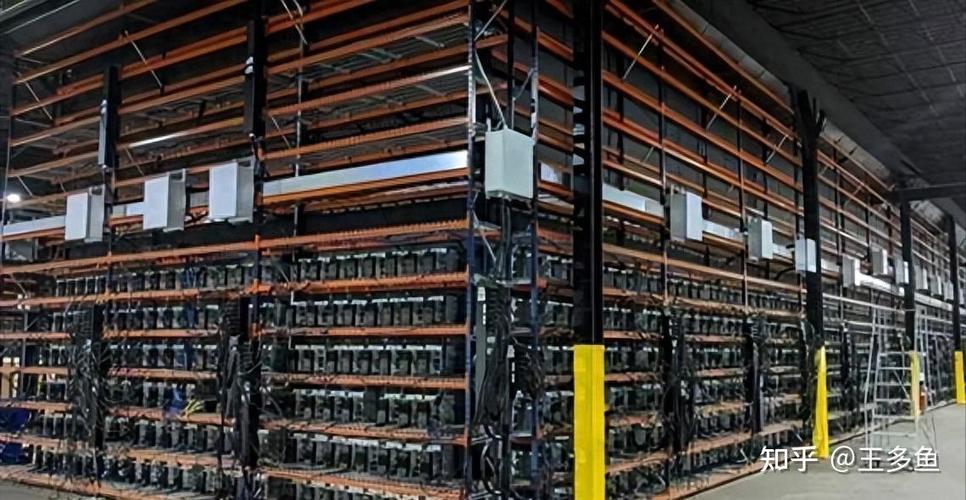In the ever-evolving world of cryptocurrency mining, the firmware running on your mining rig can be the silent hero or the hidden bottleneck. With the right software optimizations, your mining machine doesn’t merely function; it thrives, unlocking higher hash rates, better energy consumption, and enhanced stability. This transformative power of advanced firmware shores up profits and fortifies the mining operation against unforgiving market fluctuations and technical glitches. Whether you’re deep into BTC mining or exploring ETH and DOG networks, firmware is where hardware meets intelligence in a dance of efficiency.

The first major advantage top-tier firmware offers is granular control. Traditional mining machines ship with basic firmware that prioritizes default settings—safe, but not stellar. Advanced firmware, however, unleashes a range of customizable parameters: overclocking the chipsets to extract maximum hashing power, adjusting fan speeds to balance cooling with noise levels, and fine-tuning voltage inputs to ensure energy is utilized not wasted. Such precision provides miners with a strategic edge, allowing a shift from ‘just running’ a rig to mastering its performance intricacies. Particularly in expansive mining farms where hundreds or thousands of miners operate in unison, slight performance gains multiplied across devices translate to significant revenue boosts.
Firmware updates also directly impact hardware longevity. A common misconception is that pushing a rig hard shortens its life span decisively. Contrarily, smart firmware manages workload bursts, stages ramp-up phases, and monitors thermal thresholds aggressively to protect sensitive electronics. This “intelligent endurance” approach means rigs can maintain elevated performance for longer periods without overheating or suffering component failures. It’s an essential consideration for miners hosting machinery in large-scale farms, where maintenance and downtime costs can be crippling.

Furthermore, the firmware acts as the bridge to cloud-based mining management platforms. Hosting mining machines remotely demands constant monitoring, rapid troubleshooting, and dynamic reconfiguration—inaccessible tasks without robust firmware interfaces. Modern firmware integrates seamlessly with APIs and dashboard software, enabling miners to adjust settings on the fly, track performance metrics in real time, and receive alerts about potential failures before they escalate. For miners focusing on BTC or ETH, where market volatility demands swift adaptability, such responsiveness can mean the difference between profit and loss.
The diversity in cryptocurrency algorithms also places demands on firmware adaptability. Mining rigs optimized for Bitcoin’s SHA-256 algorithm differ, in needed tweaks, from those targeting Ethereum’s Ethash or Dogecoin’s Scrypt-based mining. Leading firmware developers craft versatile packages that recognize these nuances, enabling rigs to switch modes or optimize mining sessions based on profitability calculations dynamically. This agility is paramount in an industry where coin valuations and network difficulties can shift multiple times within a day.
Security, often an understated benefit of upgraded firmware, cannot be overlooked. Mining farms and individual operators alike are not insulated from cyber threats. Vulnerabilities exploited via outdated firmware versions can compromise rig operation or lead to hijacking attempts where malicious actors reroute mined cryptocurrencies. The best firmware employs rigorous encryption standards, firmware validation protocols, and breach detection mechanisms, safeguarding miners’ valuable digital assets and maintaining operational integrity.
Lastly, the community and support framework around firmware play a crucial role. Open-source firmware options often encourage collaboration, iterative improvements, and swift bug fixes, fostering an ecosystem where users share tips and performance configurations tailored for particular miner models. Conversely, proprietary firmware might bundle exclusive optimization techniques backed by professional support, appealing to enterprise-level mining farms. Deciding which path to pursue hinges on factors including miner scale, technical expertise, and long-term strategic goals.
Embracing superior firmware equals embracing a holistic upgrade that transcends mere hardware specs. It elevates mining rigs into agile, responsive units capable of thriving in the competitive and fast-changing cryptocurrency landscape. Miners leveraging such technology not only safeguard their investments but also position themselves at the forefront of innovation — mining smarter, not just harder.
This review reveals how cutting-edge firmware elevates crypto mining rig performance, blending innovative power management with enhanced stability and efficiency, making it a must-read for tech enthusiasts and crypto miners seeking an edge in the competitive digital mining arena.